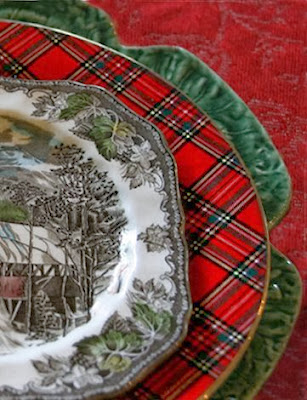The U.S. Cavalry is the foundation for equestrian events in the U.S. It wasn’t until 1912 in Stockholm that equestrian pursuits were routinely included in the Olympics. Led by Capt. Guy Vernor Henry Jr. the first U.S. team was fielded from the U.S. Cavalry. In fact, until the cavalry was disbanded in 1948, every single U.S. equestrian Olympic team was made up of members of the cavalry or U.S. Army equestrian team; civilians were not invited to take part until the Helsinki games in 1952, the same year women were first allowed to compete in Olympic equestrian events.
Capt. Henry was an 1895 West Point graduate and attended the renowned French Cavalry School Saumur. He also served as an aide to President Teddy Roosevelt. Under his tutelage with only six months to spare, based in Fort Riley Kansas, the U.S. team prepared for the Stockholm Olympics. The Army assembled team of 18 horses based in Ft. Riley, Kansas. They had only six months to prepare.
Because of his training in Europe, Henry knew his horses would not be able to challenge the European horses. He knew his only chance to be competitive was to out-condition his horses. The team trained through the winter and into the summer of 1912, despite being handicapped by the severe weather at Fort Riley, a time limitation of one and a half hours a day of riding-hall use, and by the fact that three of its members, Henry included, were required to continue their usual military duties as they prepared.
Henry decided to focus on the three-day event. It was the only competition in which they were competitive given the experience of both horses and riders. The team members carried stopwatches and wore watches, an innovative concept in 1912.
In the competition the team performed up to the exacting standards of Henry. The team challenged for the silver medal in the three-day event and astonished the Europeans by winning the bronze medal. Henry himself rode on the bronze medal team, and additionally competed in dressage (finishing 11th overall on the same horse, Chiswell, that he rode in the three-day), and led the fourth-place jumping team. The performance of the American team is especially significant given the quality of the horses and the severe circumstances under which they trained, for only six months.
After World War I the Army refocused its efforts. The Remount Service, which was founded to ensure an adequate supply of horses for wartime and an elite one-year course in advanced equitation was added to the curriculum at the Cavalry School to groom officers and Olympic team members.
In 1930, Capt. Henry was named chief of cavalry.
At the 1932 Los Angeles Olympics, although the event took place in the midst of the Great Depression, the team won five medals, a level of success that would be unmatched for more than 50 years, until the Team (USET) earned five medals in 1984.
(Bert de Nemethy on Tally Ho, 1959, Pinterest)
Col. John W. Wofford, a member of the 1932 team, went on to serve as the first president of USET and to coach the first team with civilian riders in 1952. From 1955 to 1980 Bert de Nemethy coached the team, with Jack LeGoff hired as eventing coach in 1970. At the USET facilities in Gladstone, New Jersey, these men trained many of the medal-winning horses and riders that helped U.S. equestrian sport become what it is today.
(de Nemethy and William Steinkraus, Pinterest)
If you are fascinated by history like I am, you might want to read two books. The first deals more with the history of horsemanship and how it evolved, going back four centuries. Littauer relates how dressage was improved; how forward riding was developed by an Italian cavalry officer and how the new natural method for field riding and jumping swept dressage into the background. It is full of accurate, intelligent, and authoritative instruction – much more than mere history. Court, cavalry and sport have all had their influence. Littauer also discusses modern riding in Italy, France, Germany, England and the United States and each country's contribution to the development of riding. Littauer was an officer in the Russian Imperial Cavalry and fought on horseback in World War I.
The second book is more of a historical survey of the U.S. Cavalry but equally interesting and worth reading.

































































